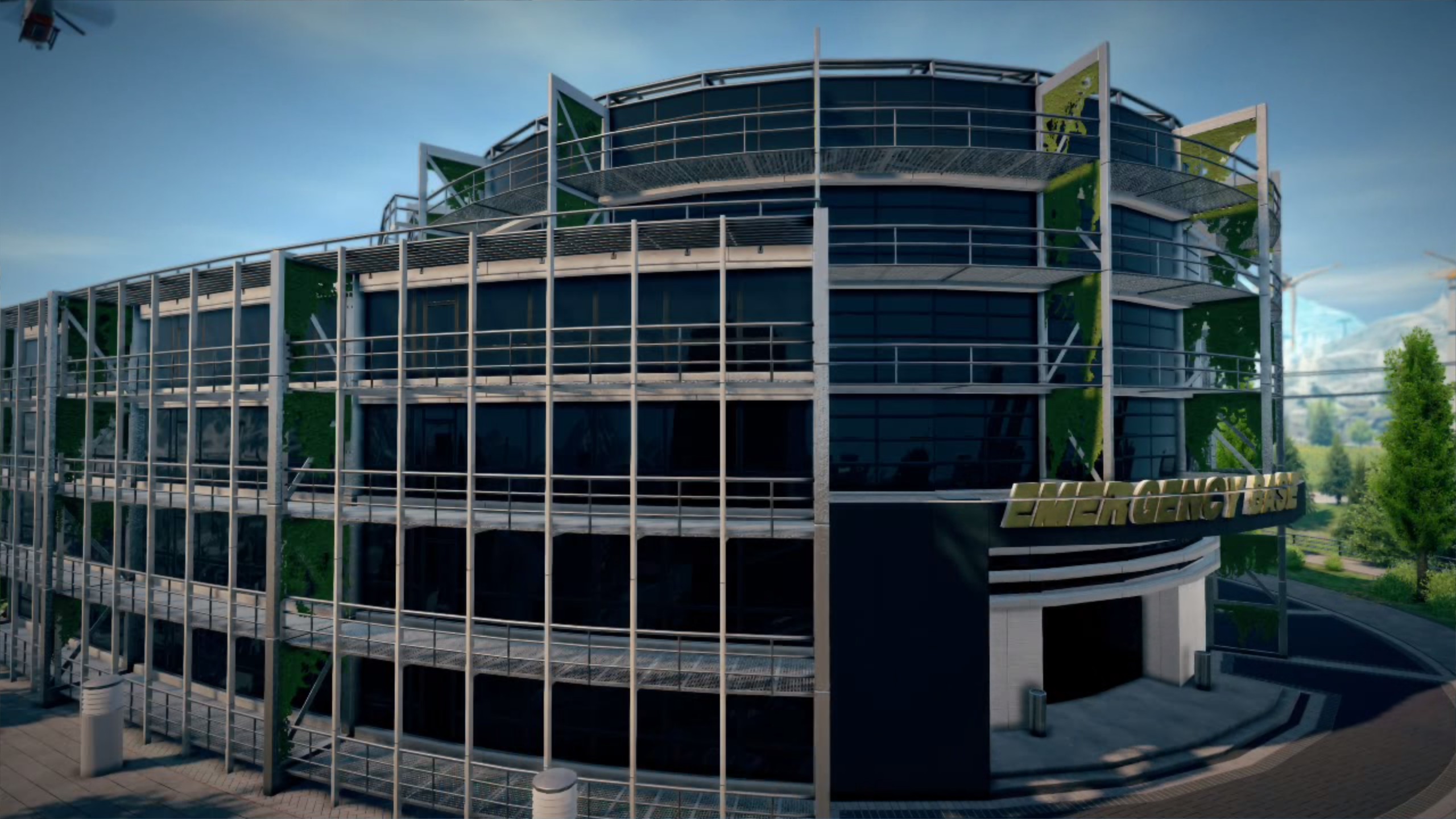
The goal is to prompt people to pay close attention to the initial intensity level and any subsequent changes because strong ARs can wallop a coastal or inland mountain region with enormous amounts of rain or snow-for hours to days running-forcing ground personnel to regularly reassess actions.Ĭredit: Jen Christiansen Source: “Scale to Characterize the Strengths and Impacts of Atmospheric Rivers,” by F. The scale we devised runs from AR1 (primarily beneficial precipitation) to AR5 (primarily hazardous). To make a clear and convincing ranking system, we would need to simplify those 10 variables into two quantities that represent the intensity and duration of an incoming AR. The tools track 10 or more variables, including the winds a few thousand feet aloft, along with horizontal movement of water vapor, that show the odds of an AR hitting a stretch of the coast. That week in San Francisco some of the experts were tuning in to a novel set of AR forecasting tools developed and provided by the Center for Western Weather and Water Extremes (CW3E) at the Scripps Institution of Oceanography, part of the University of California, San Diego, where I work. National Weather Service (NWS) forecasters provide the formal watches and warnings that trigger actions by numerous local officials. This ranking would allow weather forecasters, emergency planners, safety personnel and reservoir managers-as well as the public-to better prepare for potential flooding, transportation disruptions, downed power lines, debris flows or evacuations.

Rather than a simplistic icon of a sun or cloud, I envisioned a square, yellow box on the screen for Thursday with a storm system's ranking in bold, black characters, similar to how hurricanes are characterized as categories 1 to 5.
EMERGENCY 20 PLAZA TORRENT WONT WORK TV
Struck by the inadequacy of the TV weather icons, I pledged to finish an intensity scale for ARs-a forecasting and communications tool that colleagues and I had been discussing for a while. On the same day that the AR was slated to hit San Francisco, I was scheduled to present new insights into these storms at the 2016 American Geophysical Union meeting there. As big as they are, they can be fickle because numerous forces can affect their progression, from ocean-surface temperatures to pockets of cold air aloft. It's hard to know more than a few days ahead where exactly a storm will make landfall, however. They can beneficially boost snowpack and help fill natural and human-made water reservoirs. They can also reach far inland: the raging terrestrial rivers that tore apart roads in Yellowstone National Park and forced the park to close this past June were fueled in large part by a remarkably strong AR.ĪRs are not always destructive sometimes they bring welcome rain to parched regions. Several times a year they pummel the western coasts of the U.S., Canada, Europe, Africa, South America and New Zealand.
EMERGENCY 20 PLAZA TORRENT WONT WORK SERIES
They can occur in families-a series of storms, as if rolling in on a treadmill. These storms can produce disastrous flooding, including the biggest floods that some areas may see in a century. An average AR brings far greater rainfall than a typical rain or thunderstorm in those parts of the world, transporting enough vapor to equal 25 times the flow rate of the Mississippi River where it pours into the Gulf of Mexico. They can grow to 2,000 miles long, 500 miles wide and two miles deep by the time they strike the western coasts of continents. The meteorological community formally defined them only in the early 2010s, after improved satellite imaging and science revealed how these storms can form far out over the remote ocean. The symbol was completely inadequate for communicating the threat of the approaching storm.ĪRs are essentially rivers of water vapor in the sky that are pushed along by strong, low-altitude winds, sometimes at hurricane speeds. I had been studying detailed satellite data and weather models, and they indicated that a major atmospheric river (AR) was likely to hit the city.


I knew Thursday's conditions would be much rougher than the symbol conveyed. Wednesday had a friendly-looking cloud and a few raindrops, and Thursday had a dark, threatening cloud with heavier drops. A little symbol along the bottom showed a happy-looking sun for the rest of the day. I was eating breakfast on a Monday morning at Sears Fine Food in downtown San Francisco, casually watching the local five-day weather forecast on a television screen behind the counter. They have been well predicted and accurately forecast. Scientific American recently explained how meteorologists have become so much better at doing this work so quickly. Editor’s Note (3/13/23): Atmospheric rivers have been inundating California with record rainfall and snow depth, causing flooding.


 0 kommentar(er)
0 kommentar(er)
